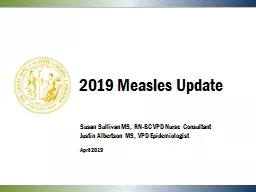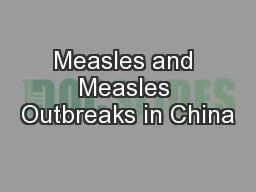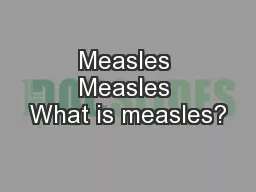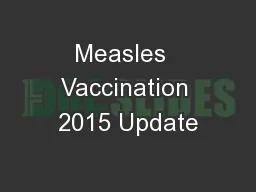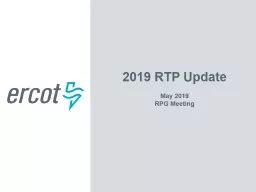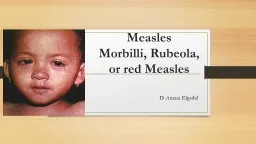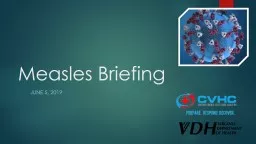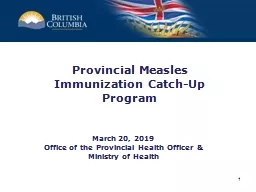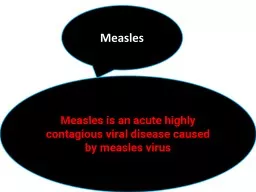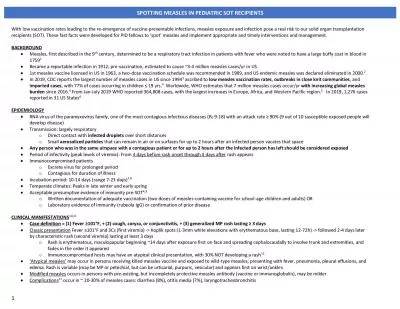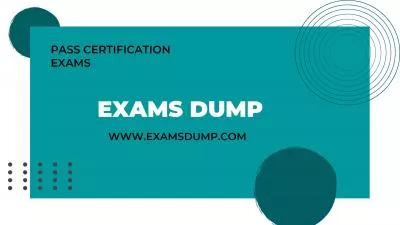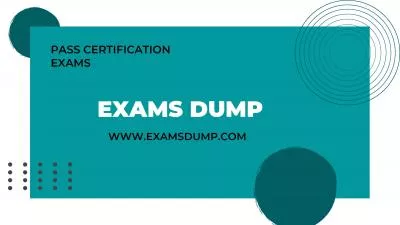PPT-2019 Measles Update Susan Sullivan MS, RN-BC VPD Nurse Consultant
Author : SupremeGoddess | Published Date : 2022-07-28
Justin Albertson MS VPD Epidemiologist April 2019 Objectives Discuss measles clinical presentation Review current epidemiology Discuss appropriate lab testing
Presentation Embed Code
Download Presentation
Download Presentation The PPT/PDF document "2019 Measles Update Susan Sullivan MS, R..." is the property of its rightful owner. Permission is granted to download and print the materials on this website for personal, non-commercial use only, and to display it on your personal computer provided you do not modify the materials and that you retain all copyright notices contained in the materials. By downloading content from our website, you accept the terms of this agreement.
2019 Measles Update Susan Sullivan MS, RN-BC VPD Nurse Consultant: Transcript
Download Rules Of Document
"2019 Measles Update Susan Sullivan MS, RN-BC VPD Nurse Consultant"The content belongs to its owner. You may download and print it for personal use, without modification, and keep all copyright notices. By downloading, you agree to these terms.
Related Documents

